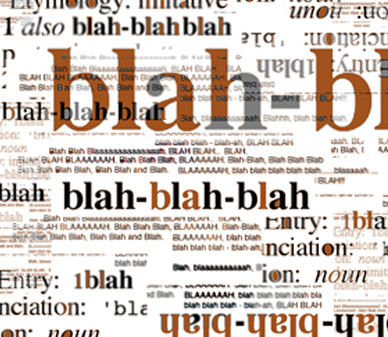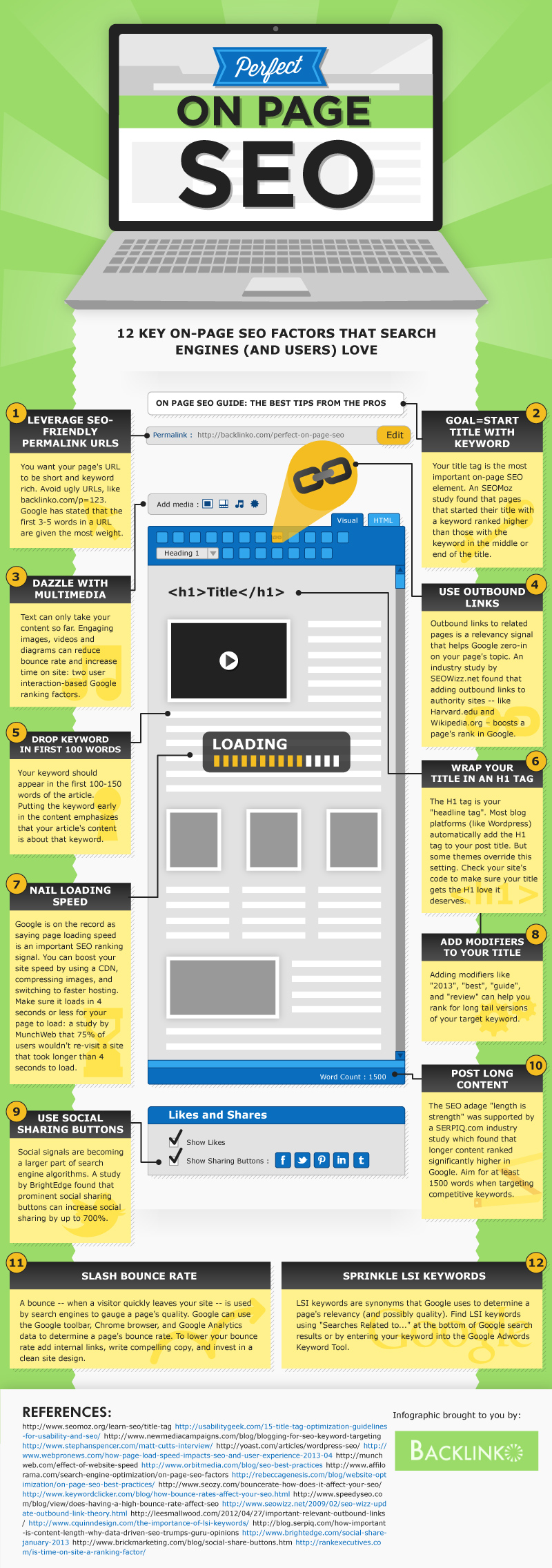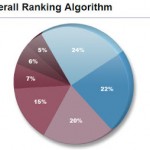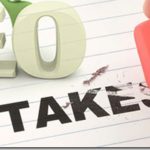With all the noise in the SEO sphere about Google+, authorship and brand signals, it’s easy to forget an SEO mainstay: on-page SEO.
It’s not something you want to ignore: a few simple tweaks to your site’s content can make a massive difference to providing a better user experience and in your long-term search engine traffic. This infographic by Backlinko illustrates some of the most overlooked on-page optimization tactics that when applied can improve user experience, your online visibility and discoverability from search engines.
Remember that these on-page tactics, with the exception of “site speed” (which is actually more of an on-site optimization), can be easily implemented when writing you articles. Some of them may not directly impact on your rankings, like having the presence of an H1 tag. However, writing the title of your posts, “wrapped” around with the H1 tag, improves usability and accessibility, and also makes it easier for search engines to understand a bit more about your content. If there is anything you will want to optimize for, do this, write a great title. This is the second most important on-page SEO factor. Second only to, yeah, “great overall content”.
BTW, Brian Dean of backlinko.com has actually decided to shoot me an email and share some of his insights on how you can get the most from the information in this infographic (see below).
Over to you Brian…
In general, I see bloggers either saying one of two things:
A: “I don’t worry about on-page SEO. I just write great stuff and hope Google ranks my content based on merit”
or
B: “I’m going to make 110% sure Google knows what my site is all about. I don’t care of I have to keyword stuff, I want to rank #1 for Blue Widget Reviews”
Fortunately, there’s a middle path: one that puts the user first… but doesn’t try to pretend that Google doesn’t exist. And in this infographic I wanted to show that on-page is more than just relevancy or a way to “trick” Google to rank your stuff. It’s actually a process that shows Google AND people that you publish awesome stuff.
And those are the tips in the infographic that I want to discuss with you today:
 1. Leverage Multimedia: Remember the old adage: “People online don’t read…they skim”. And large blocks of text without images is a surefire way to turn those skimmers into “leavers”. A great benchmark to go by is the posts here at iBlogZone.com. There are TONS of helpful screenshots, images and/or videos in every single post. Imagine how this impacts user-experience metrics that Google’s paying more attention to (bounce rate). If I had to guess I would say that readers will most likely spend a lot more time reading a post with proper distribution of multimedia on a post than those that don’t.
1. Leverage Multimedia: Remember the old adage: “People online don’t read…they skim”. And large blocks of text without images is a surefire way to turn those skimmers into “leavers”. A great benchmark to go by is the posts here at iBlogZone.com. There are TONS of helpful screenshots, images and/or videos in every single post. Imagine how this impacts user-experience metrics that Google’s paying more attention to (bounce rate). If I had to guess I would say that readers will most likely spend a lot more time reading a post with proper distribution of multimedia on a post than those that don’t.
2. Site Speed: The SEO buzz behind site speed has slowed down. But that’s no excuse to have a slow-loading website, simply put, because it’s a bad user experience. Site speed is very important in today’s very busy internet, and if a user has to wait for a long time, they will most likely leave. Now, having a site that loads in record 1s time, does not mean your will have a guaranteed #1 position, far from it. What’s the point of having a fast site with crap content, right? Ensure your sites speed is good and, combine it with proper content strategy, and you’ll see the difference.
3. Outbound Links: Remember that you’re actually helping a visitor sometimes when you send them to a different source. Not only does this enhance the relevancy of your content, it makes your post look more natural. Keeping all links to yourself looks like you are trying to “keep” all PageRank to yourself and that makes it look “unnatural.
thanks Brian for your insights…
Takeaway
SEO is an ongoing process. How many times have you heard that being said? It is not a “set and forget” thing. It’s not easy and in some cases, despite being consistent about it, you may may even be hit by changes in search algorithms, like the recent Penguin 2.0. Understand that “nothing is perfect”, but doing things consistently and providing better user experience are important factors to consider to achieve success for your long-term goals.
On-page SEO helps but it is “not the only” answer to your marketing problems. It is however, IMHO, part of the solution. Provide content that “solves people’s problems or entertain them”, do SEO, distribute your articles for increased exposure, and you will definitely be on the right track.
What say you? Anything on that infographic you would like to add/remove, agree or disagree?







![15 Work At Home Tips [infographic]](https://www.iblogzone.com/wp-content/uploads/2020/05/Tips-To-Work-From-Home-Infographic-150x150.jpg)

![Why Website Speed Matters for Your Online Store [infographic]](https://www.iblogzone.com/wp-content/uploads/2019/03/Website-Speed-IG-150x150.jpg)
Comments are closed.